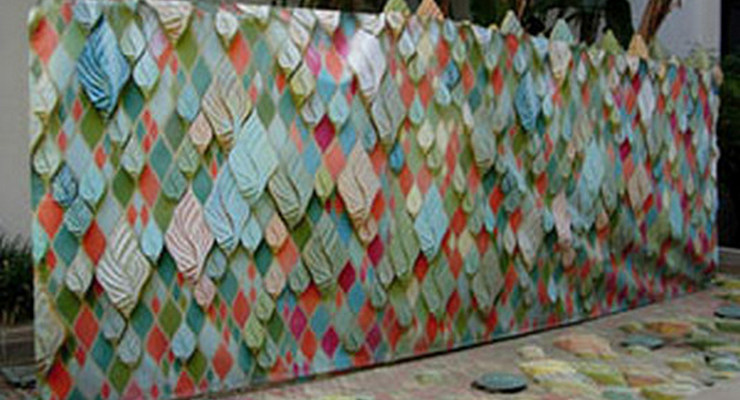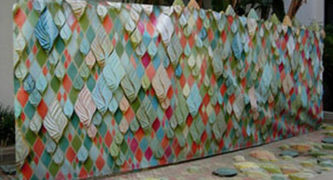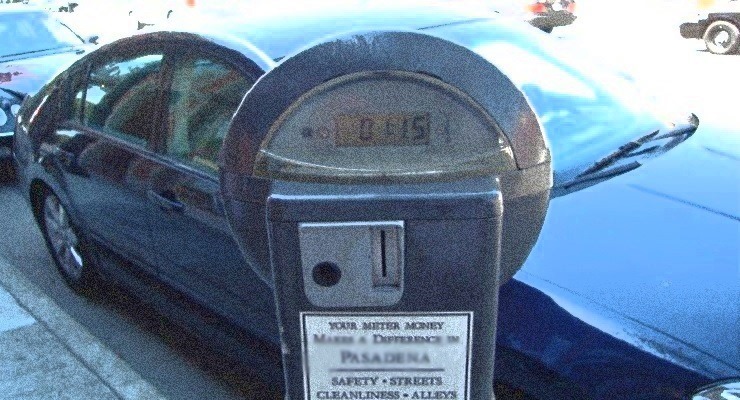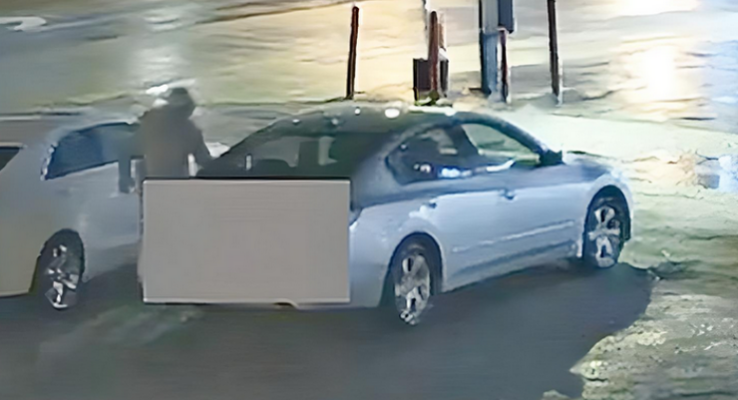
Developers building residential, commercial or industrial projects valued at $750,000 or more in unincorporated areas of Los Angeles County will be required to maintain public art or pay a 1% fee into an art fund, based on a vote by the Board of Supervisors Wednesday.
Supervisor Kathryn Barger abstained from the vote, pointing to already high county permitting fees.
Supervisor Hilda Solis said it was time to pass this long-awaited ordinance.
“Our lives are enriched when everyone can experience the arts, but many of L.A. County’s unincorporated areas face disparities in their access to artistic and cultural resources,” Solis said.
The origin of the ordinance dates back to 2015, when the board directed the Los Angeles County Arts Commission to find ways to improve diversity in cultural organizations. One of the resulting recommendations was to establish a “public art in private development” ordinance, which was then developed in conjunction with the county’s Department of Arts and Culture.
The county has imposed a 1% fee for civic art on all county-funded building projects since 2004.
Helen Hernandez, co-chair for the Los Angeles County Arts Commission’s Cultural Equity and Inclusion Initiative, urged the board to support the new measure.
“The arts have been sorely neglected … yet … the arts have helped us through the pandemic,” Hernandez said. “Here we are in the center of the creative capital of the world, in L.A. County. We can and should do more.”
Gustavo Herrera, CEO of the nonprofit Arts for LA, which represents more than 75,000 arts advocates and 185 arts and culture organizations, pointed to similar fees across the region.
“There are 38 jurisdictions in L.A. County that have a public art component in their ordinance. Thirty-two of the 38 have a percent for art in private development,” Herrera.
Some critics opposed the idea of including residential properties in the new mandate, but Solis emphasized that affordable housing projects, including developments for seniors and veterans, would be exempt.
A representative for the building trades remained unconvinced.
“If housing is included in this ordinance, overall production will be negatively impacted by the increased construction cost,” said Diana Coronado, vice president of the Building Industry Association of Southern California. “Unlike other building types, housing pays into several other unique fees, including schools, parks and recreation fees.”
The city of Los Angeles ordinance excludes residential construction, a feature Coronado said was intended to avoid affecting housing supply as she urged the county to follow suit.
Barger said she was torn because she supports the arts, but felt uncomfortable doing anything that could slow the pace of residential development.
“We have a lot of fees in place and … under (RHNA) we’re going to have to build additional housing, not just affordable, but across the board,” Barger said.
“I’ve been pushing our departments to streamline the process as it relates to permitting … to date I have not really seen our departments taking that seriously.”
The Regional Housing Needs Assessment is a state mandate for six Southern California counties, including Los Angeles County, to open up zoning for a total of 1.3 million more housing units by 2029.
Until departments can figure out how to save developers time that translates into money saved, Barger said she was unwilling to support the new fee, even for a very good cause.
One West Los Angeles resident felt differently.
“When it comes to construction, if we all put up with the noise, and the dust and the traffic issues, shouldn’t our souls benefit?” asked Nancy Nyberg.
Permitting data from 2012-18 shows that 1% of all eligible permit revenues averaged about $4.1 million annually, with residential properties making up about half of that total, according to the commission.
Money raised will go to fund public art, cultural facilities, conservation, and artistic and cultural services and programs within a five- mile radius of the project site.














 0 comments
0 comments


